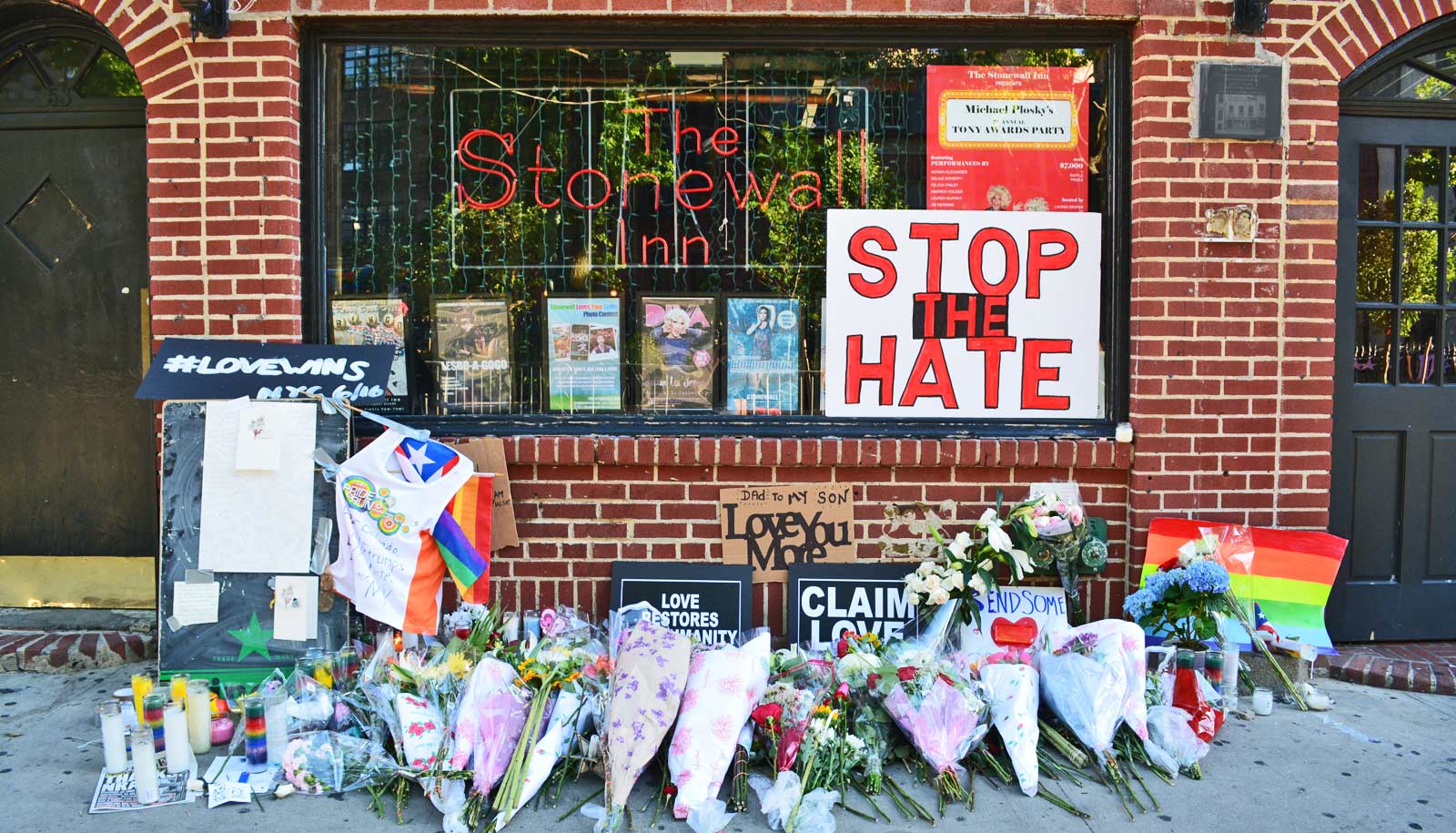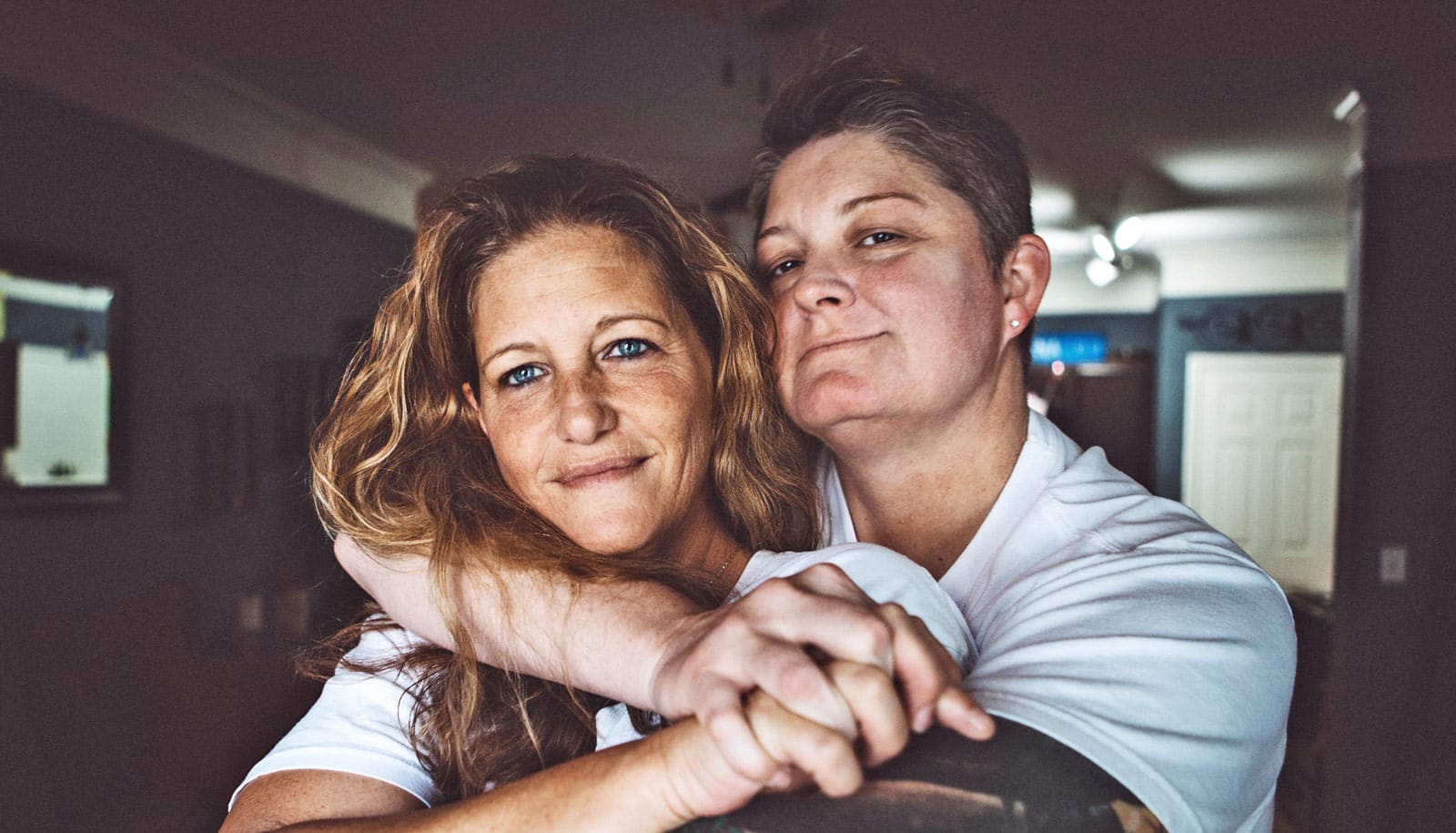June 28, 2019 marks the 50-year anniversary of the Stonewall riots—sparked when police raided the Stonewall Inn, a gay club in New York City—which are credited with launching the gay rights movement.
“In many ways, the riots also brought attention to the unique health care needs of the gay population and served as a catalyst for the improvements in health care seen today—though we still have far to go,” says Perry N. Halkitis, dean of Rutgers School of Public Health and director of the school’s Center for Health, Identity, Behavior, and Prevention Studies.
Halkitis, the author Out in Time: From Stonewall to Queer, How Gay Men Came of Age Across the Generations (Oxford University Press, 2019), addresses how Stonewall and the AIDS crisis have brought awareness and changes the ways the medical profession addresses health care of LGBTQ people.
Here, he answers three central questions:
How did the Stonewall riots empower LGBTQ people to advocate for their health?
The riots allowed gay people to say “We exist” and created a demand for health equity. The civil disobedience of Stonewall served as a catalyst to the activism of the AIDS era, which in turn has contributed to the foundations of how public health today emphasizes social justice and health equity.
The riots were a boisterous pronouncement by the LGBTQ population that they would no longer hide and that they would not have their health undermined by a system that chose to ignore them. AIDS catapulted this social movement even further: If the health profession had been more attentive, we would have caught AIDS earlier. But no one was watching.
As the riots framed the basis for the recognition of gay people as viable members of the population, the AIDS crisis of the 1980s and ’90s created the circumstances by which they would come to demand that the government and society attend to their well being. Before then, gay people kept silent and were invisible to their doctors, who were unaware they were gay or did not understand the mental health and drug issues they were facing. The AIDS crisis shined a light on the fact that there was this population that needed specific health services beyond what was given to the general population.
Without Stonewall we would have no AIDS activism, and without AIDS activism we would have no marriage equality—a social condition that surely has had a beneficial effect on LGBTQ health.
How did the riots affect the HIV/AIDS epidemic?
There is an unsubstantiated notion that the riots precipitated the HIV epidemic, based on the misconception that gay men began to engage in more promiscuous sexual behaviors after this social revolution. However, gay men were very sexually active well before Stonewall, albeit less openly for fear of prosecution.
The challenge in foreseeing the AIDS crisis was due in part to a health care system that was ill-equipped and unwilling to meet the needs of the LGBTQ population. The health burdens faced by LGBTQ people were present before and after the riots and before the first indication of AIDS in 1981, but services were scarce and underfunded.
What health care challenges do LGBTQ people face today?
The crises of the past are very much the crises of the present. Today’s generation is changing the norms of what it means to be an LGBTQ person, while continuing to shoulder the burden of AIDS, stigma, and discrimination faced by their predecessors.
The biggest challenge for this generation is finding health care providers who understand their unique health considerations. Gender and sexuality are more fluid today, and LGBTQ people navigate a healthcare industry that is ill equipped to address their specific issues, such as gender identity, gender-affirming surgery, and the social and physical implications that accompany these issues.
To this end, Rutgers is working with Garden State Equality on an interactive online map, which will launch next year, that will allow people to find providers who are knowledgeable about LGBTQ health.
Source: Rutgers University


